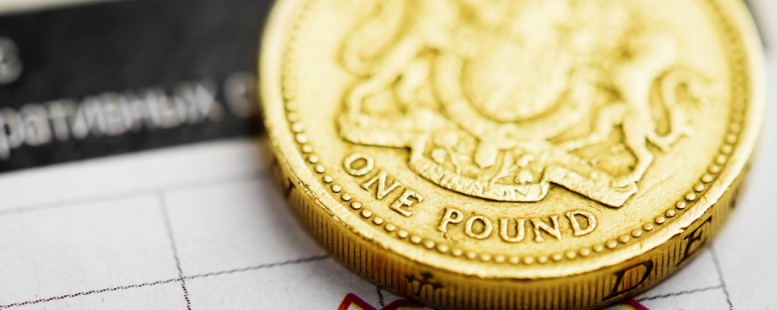Our Opinion: 2016
Winners and losers in Sterling’s fall

Just after the vote for Brexit, the pound was in turmoil and fell about 11%. Sterling is falling again and recently fell to its lowest level in more than 30 years. This was triggered when the prime minister dispelled any idea that the UK was going to backtrack on Brexit by revealing a deadline for setting the process in motion. A ‘flash crash’ at one point dragged the pound down to $1.18.
Foreign tourists are big winners from the Pound’s fall, so UK tourist attractions, and other parts of the leisure industry (such as restaurants and hotels) also benefit. Other winners include anyone in a hurry to sell a UK asset, such as a house or a company, while exporters now have more competitive goods to sell.
Many companies in the FTSE 100 and FTSE 250 get their earnings abroad, so they are all seeing nice boosts to their share prices. Even the mid-cap 250 index, which has a more diverse group of companies that better reflects the UK economy, is enjoying sterling’s pain, since commodity companies populate it. Interest rates are low so the dividend yield from equities is more tempting than yields from other markets.
However, if you measure FTSE companies in dollar terms you see that the FTSE is down over the course of the year. Compared with US companies and other peers, UK companies are underperforming over the long term.
Even so, the FTSE may be benefiting from the surprisingly good economic data since the vote for Brexit and the reduction in recession fears. There is also the prospect that the weaker pound will fire up merger and acquisitions activity.
Losers include those travelling abroad, and car drivers because the UK is a net oil importer and the price of this is going up. Banks’ sterling assets are also depreciating.
Many clients are asking how they can minimize the impact of sterling’s fall. An option is playing the currency markets, and hedge against sterling’s fall. However, it is costly, complicated and by no means foolproof. Alternatively, one can get on the right side of the pound’s weakness: invest in UK exporters, or buy shares in a UK-listed energy company that reports its earnings in dollars.
The other option is to position yourself for the pound’s rise. This is based on believing either that sterling has hit the bottom or it will rebound on the back of the economy staying resilient.
But Sterling could fall further. Many things determine a currency’s rise and fall, but, in the pound’s case, Brexit is way ahead of other causes. And since the market hates uncertainty, the chances are that traders’ instincts will lean towards selling the pound.
In addition, there are influences on the US side that come into play. Hence, the US election, the state of the economy and the prospect of rate rises across the Atlantic can all push the dollar higher against the pound.
There is never a smooth path up, down or sideways with currencies. As Richard Bibbey of HSBC recently said: “We’ll likely see a short period of consolidation before a further period lower. “
19th October 2016
